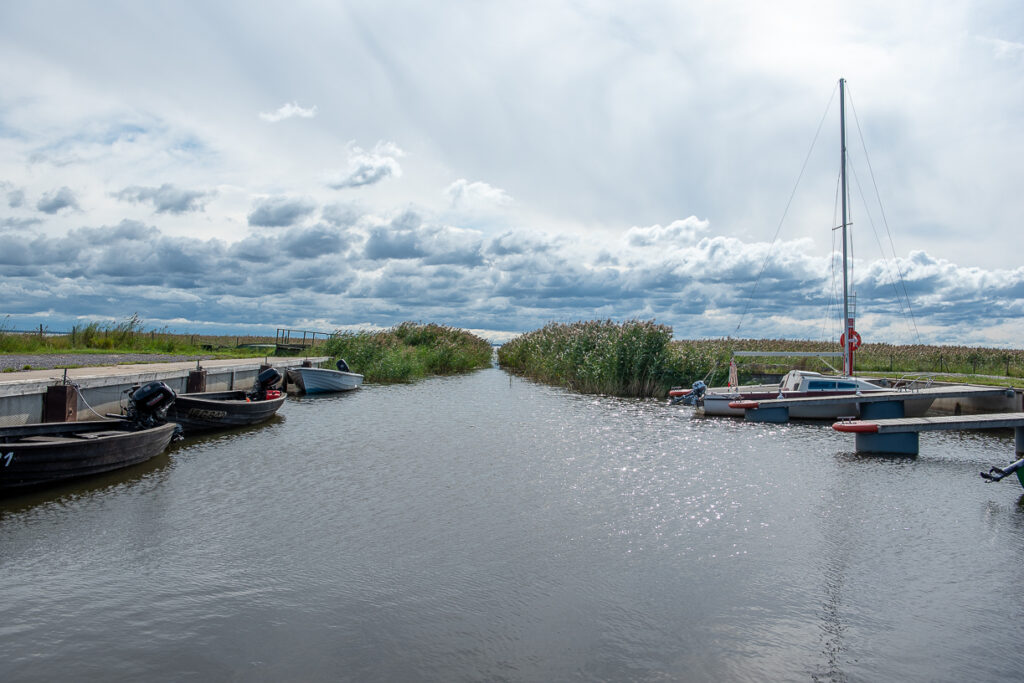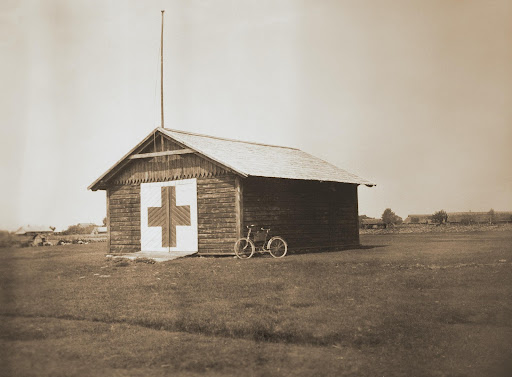Tärkma village

Tärkma village has played an important role in connecting Hiiumaa and Saaremaa. It was from the shore of Tärkma that people went by boats to the neighbouring island to grind grain, pick berries, or engage in other activities, not to mention fishing. Access to the ice road connecting the two islands was also right here, by Tärkma village. At the beginning of the 20th century, a marine rescue station was built on the Tärkma coast. The station’s equipment included an iceboat for rescue operations in wintertime. There were only four stations like that one in the whole Estonia back then.
The gently sloping coast is dotted with a number of hillocks and holes – remnants of salt evaporation and brick production in bygone times. The Tärkma ‘salt life’, as the local people called the place, started its production activity in the year 1809. The seawater required for extracting salt was evaporated in a big open pan, where it was boiled continuously for 48-56 hours, which resulted in 450 kg of wet salt. Within a week, a little more than one panful of salt was produced. It was then dried in the threshing room. It took 200 sleigh loads of wood to produce a ton of salt. The work was supervised by the German salt boiler Adam Huth, who had been hired for just that purpose. The production activity lasted until 1812, when the price of salt fell in the world. During that short time, about 27 tons of salt is said to have been sold from Emmaste. At the turn of the 20th century, at least two brickworks with about 20 kilns were operated here. The bricks were transported to the construction sites in Tallinn, Haapsalu, and even Finland.
The new boat harbour, which was completed in 2015, and the people who are busy there are keeping the coastal life vibrant.
Gallery
It is a waypoint on the journey
Sorry, this object is not part of any journeys
You might also be interested in:








